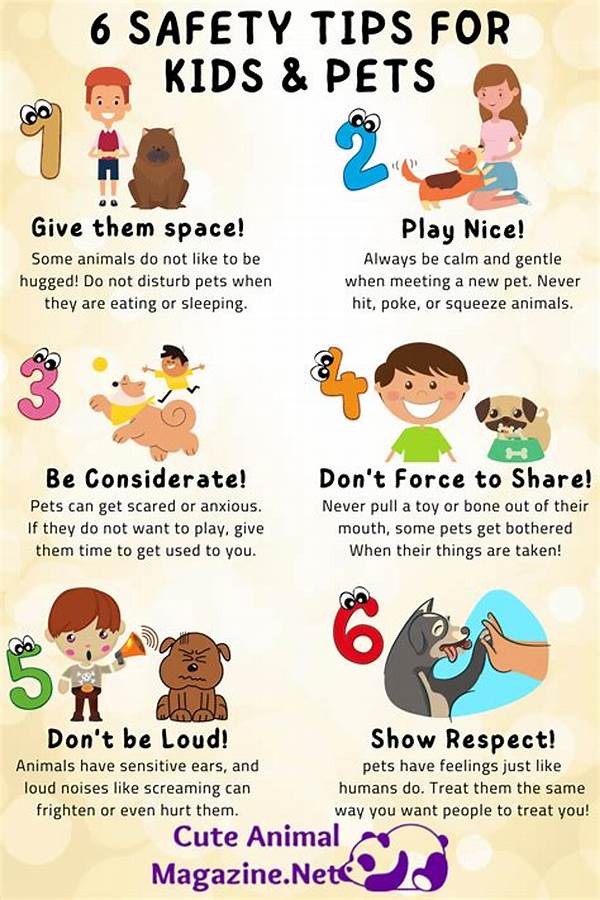Imagine you’re on a thrilling safari adventure, surrounded by the breathtaking beauty of nature, and suddenly, a majestic tiger crosses your path. Your heart races, excitement bubbles within, but so does a question of safety. How do you enjoy such breathtaking encounters without compromising your safety or that of the wild animals? That’s where our exclusive guide to “Safety Tips for Interacting with Wild Animals” comes into play. Whether you’re a seasoned wildlife enthusiast or a curious explorer, this article promises to equip you with the skills and knowledge to have spectacular, yet safe adventures in the wild.
Read More : Kayaking And Rafting Destinations For Nature Enthusiasts
Embarking on an adventure in the wild is like updating your status with nature’s likes, shares, and comments. From viral videos of close bear encounters to heartwarming moments with dolphins, we’re here to make sure your interactions remain memorable — for all the right reasons. So buckle up, dear adventurer, as we head into the safari of knowledge with a sprinkle of humor, a dash of storytelling, and a sprinkle of crucial safety insights. Because just like in the wild, it’s a jungle out there when it comes to managing your safety with wild animals!
Understanding Wild Animal Behavior
Venturing into the animal kingdom is akin to a dance. Only this time, the dance partners are unpredictable and powerful. Understanding wild animal behavior is the first step in ensuring safe interactions. Wild animals are as diverse in behavior as social media influencers are with content. But what happens when you interpret a lion’s yawn as a friendly gesture? Misinterpretation can lead to dangerous outcomes. Fascinating studies indicate that animals often exhibit distinct warning signals which, if read correctly, can prevent unwanted confrontations.
Moreover, respecting an animal’s territory is crucial. Consider it an unspoken Instagram bio that states, “Do Not Disturb.” Approaching or startling a wild animal can prompt defensive behavior, potentially leading to adverse interactions. So when next the call of the wild beckons, remember the subtle dances of the animal kingdom, where every movement could tell a tale.
Do’s and Don’ts of Wildlife Observation
Do’s for Wildlife Observation
Observation can be compared to window shopping, where you admire without touching. When in the wild:
Don’ts for Wildlife Interaction
—
Essential Gear for Wildlife Adventure
Heading into the great unknown without the right gear is like vlogging without a smartphone. But don’t worry, we’ve got you covered. The following are must-haves in your backpack:
Stories from the Wild: Testimonials & Real-life Experiences
It’s one thing to learn from a blog; it’s another to hear tales from the field. We’ve gathered testimonies and anecdotes from wildlife enthusiasts and experts who recount their thrilling and sometimes humorous encounters with wild animals. These stories not only entertain but also highlight the importance of our “safety tips for interacting with wild animals.”
—
Read More : Eco-tourism Camping Spots In The Wild
Practical Advice for Safe Wildlife Interactions
1. Stay Informed:
2. Respect Animal Boundaries:
3. Be Calm and Composed:
4. Travel in Groups:
5. Emergency Preparedness:
Conclusion: Embracing the Wild Responsibly
As we close this virtual trek through the wild, remember that every encounter with nature is a story waiting to be told. By adhering to these safety tips for interacting with wild animals, you’re not only safeguarding yourself but also championing the preservation of our precious ecosystems.
Wildlife adventures promise an escape from the ordinary, a chance to reconnect with the untamed facets of our world. Every sighting is an invitation to appreciate nature’s craftsmanship, but it demands a shared responsibility. Let us embrace it, share its tales, and always step softly on the ground, leaving only footprints and taking with us unmatched memories.
Hungry for more insights? Stay tuned for our exclusive content that’ll keep your adventurous spirit fueled and informed. Ready to answer the call of the wild? Remember, safety first, safari second. Happy exploring!


